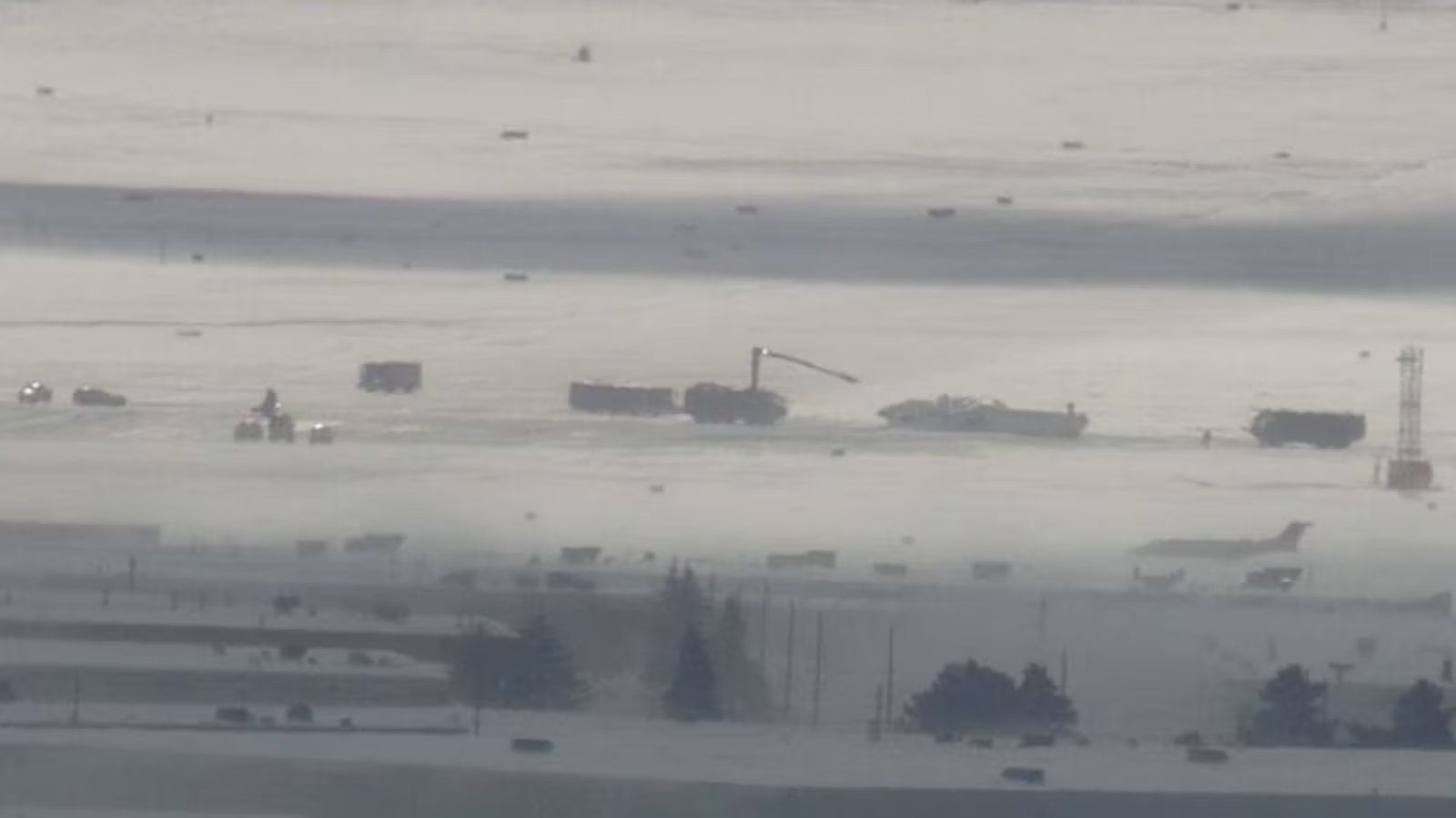San Francisco Class B Airspace Changes Proposed
Proposed San Francisco Class B airspace changes would enable lower-angle descents into SFO optimized for the higher glide ratios of modern jet aircraft, reducing noise and fuel consumption. After incorporating public comments, the final redesign could take effect as soon as the January 2018 sectional chart update.
Proposed San Francisco Class B airspace changes would enable lower-angle descents into SFO optimized for the higher glide ratios of modern jet aircraft, reducing noise and fuel consumption. "A low thrust descent in a clean configuration results in the smallest noise footprint [regardless of altitude], and a descent in a clean configuration at near idle thrust results in lower fuel burn" says Rick Cote, an ATC Specialist with Northern California TRACON (NCT).
Representatives from NCT held public meetings around the SF Bay Area this week to solicit comments on the airspace redesign. Glider pilots expressed concern about the proposal to extend the 8,000-foot shelf to the northeast. This extension would limit glider to access the mountain wave lift around Mt. Diablo that now takes them to the base of Class A airspace on windy days.
Powered aircraft pilots had more to celebrate in the proposal. By converting from a system defined predominantly by DME rings and VOR radials to an airspace defined by latitude and longitude coordinates, the FAA proposal was able to give back large volumes of airspace not regularly used by jets arriving or departing SFO. Visitors to the area will appreciate charting of the common transition routes through the Class B surface area.
The proposal also removes that portion of the Class B airspace currently sitting on top of San Jose International. Aircraft departing San Jose are currently restricted by the 200-knot speed limit for flight underneath Class B airspace for the first several miles of their climb. The proposed change would free those aircraft to climb at optimal speeds.
Affected parties should submit comments no later than March 16, 2017. After incorporating public comments, the final redesign could take effect as soon as the January 2018 sectional chart update.






